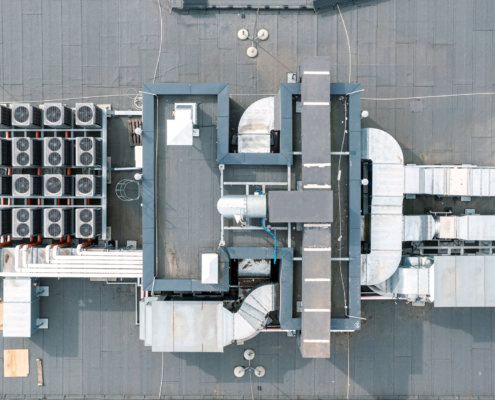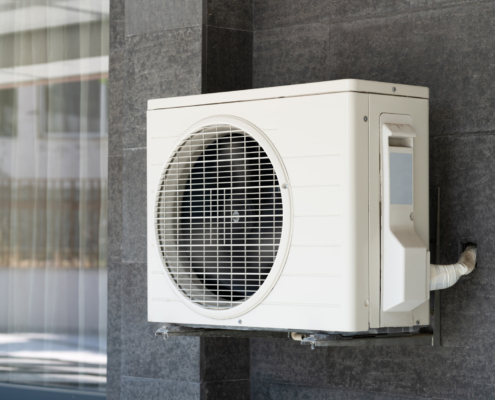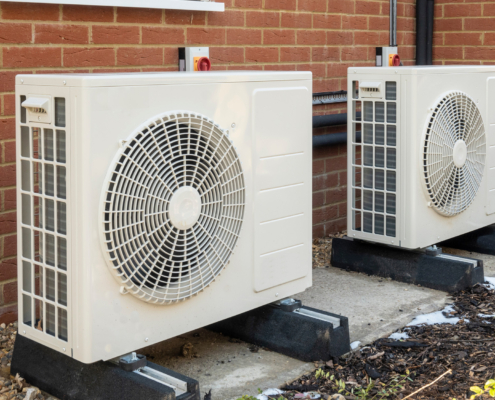While mini-split systems have several advantages, there are some potential downsides to consider as well. Understanding the cons can help determine if a mini-split is the right choice for your home.
1. High Upfront Costs
One of the potential downsides of mini-split systems is their high initial cost. Purchasing and installing a ductless mini-split system for an entire home can cost between $3,000–$15,000 depending on the brand, number of indoor units, difficulty of installation, and features. This is notably higher than installing a window A/C unit or even central air conditioning in some cases.
Here are some reasons mini-splits have higher upfront costs:
- Multiple Parts – You need an outdoor compressor unit and an indoor unit for each room.
- Specialized Equipment – Mini-splits require specialized parts, like variable-speed inverter compressors.
- Professional Installation – The systems require professional installation for optimum performance.
- Advanced Features – Many mini-splits offer advanced features like WiFi connectivity that raises costs.
While expensive initially, properly installed ductless heating and cooling systems can save money over time through lower energy bills. Tax credits and rebates for energy efficiency may also help offset some upfront expenses.
2. Aesthetics
The aesthetics of mini-split systems is another potential downside for some homeowners. Since at least the indoor unit is mounted on a wall in each room, it can stand out visually. Some people find wall units unattractive or obtrusive in living spaces.
A few things to consider about mini-splits include:
- Prominent Wall Units – The often large indoor units stand out on walls.
- Visible Vents – Returns may be through visible wall or ceiling vents.
- Exterior Unit Visibility – The outdoor unit can be visible from the yard or by neighbors.
To help improve aesthetics, you can select low-profile discrete units, strategic mounting locations, adjustable returns, and outdoor unit concealment. An HVAC professional like Arnold Air and More can recommend solutions to suit your home’s look. If it comes down to it, you might prefer a larger and more traditional heating and cooling system that is built to be more inconspicuous.
3. Maintenance and Routine Cleaning Requirements
Compared to window units or central air conditioning, mini-split systems generally need more frequent maintenance and cleaning, which can be inconvenient. Air filters need changing monthly, and fan coils, drains, and outdoor units require upkeep and cleaning pretty often.
Typical recommended maintenance includes:
- Monthly air filter changes
- Coil brush cleaning every two to four months
- Annual drain clearing and inspections
- Seasonal outdoor unit care—cleaning, clearing debris, covering in winter
Neglecting regular mini-split maintenance can lower efficiency and lead to problems over time. While not hugely demanding, the amount of care can be a disadvantage compared to simpler systems. To help keep up with your system’s maintenance needs, connect with a trusted HVAC professional who can offer you a customized plan.






